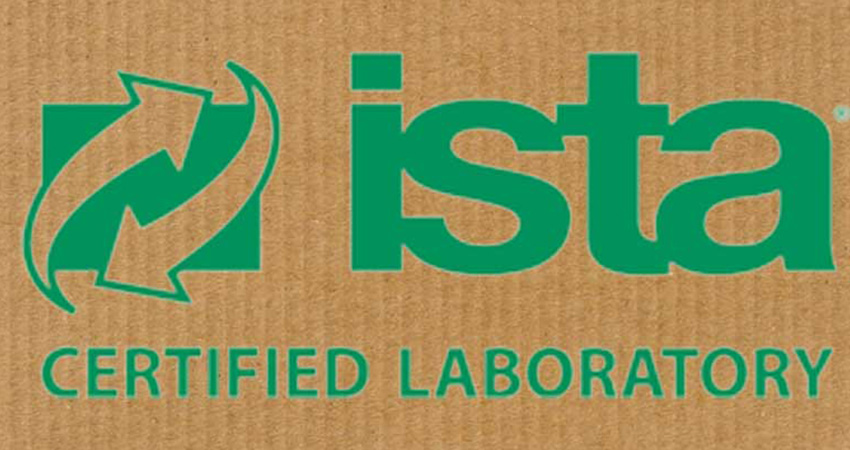A new testing protocol to gauge the protective qualities of ecommerce packaging has been released by the International Safe Transit Association (ISTA) to help retailers, brands and their partners ensure proper packaging design that can withstand the rigors of handling along the ecommerce/DTC chain.
The ISTA 3L testing protocol addresses the fact that traditional retail packaging is often not up to the task of protecting items in transit against the many shocks, bumps and drops between point of origin and a doorstep. An ecommerce package can have 20 or more touches before its final destination, according to ISTA.
The testing simulates all of those packaging stressers, both inbound and outbound, including automated sortation and compression from clamp-based material handling equipment. It’s designed to cover nine different types of packaging, based on four criteria: outbound shipping method, fulfillment center handling method, package weight and product category.
A.J. Gruber, president and CEO of ISTA, said many major retailers, brands and CPGs across North America were consulted during development of the new testing protocol over the past two and a half years. It started with research projects across different fulfillment methods and dynamics involving retailers and manufacturers.
The purpose of the testing protocol is to allow the various stakeholders across the supply chain to anticipate, design and prepare for the impacts of transit hazards in DTC shipments.
The protocol covers “ships in its own box” packaging, not “over-boxing” where one or more items are encased in a corrugated container. Gruber said ISTA created a similar testing protocol with Amazon several years ago that was designed specifically for packages within its network.
“There was a need for broader testing beyond Amazon,” he said. “We looked at the hazard dynamics of retailers’ fulfillment and carrier partners, and compared them against existing known and proven test elements to create a general industry standard for those types of shipments.”
It’s now up to DTC shippers to adopt the ISTA 3L standard in their packaging, working with carrier and fulfillment partners as well as internal packaging teams, Gruber said. ISTA has certified 650 testing labs in more than 40 countries, with participants including carriers, manufacturers/CPGs, retailers, packaging providers, universities/institutes and independent third-party testing houses. Companies doing their own internal testing don’t require certification, but ISTA recommends using a certified lab for brands needing to meet retailer or carrier requirements.
“(Shippers) need to prepare their packaging for a newer supply chain that is much different than the traditional pallet and case loads of retail,” he said.
While industry figures aren’t available for damage rates, as they’re kept internally by shippers, the opportunity for breakage and waste is growing along with ecommerce. Domestic parcel volume was 21.2 billion units in 2022, down from 21.7 billion in 2021, according to Pitney Bowes’ annual index.
In addition to dinging customer satisfaction and loyalty, product damage in transit can have five to 30 times the environmental impact of the packaging itself, according to ISTA.

